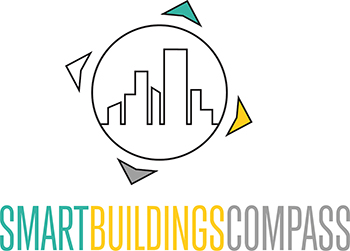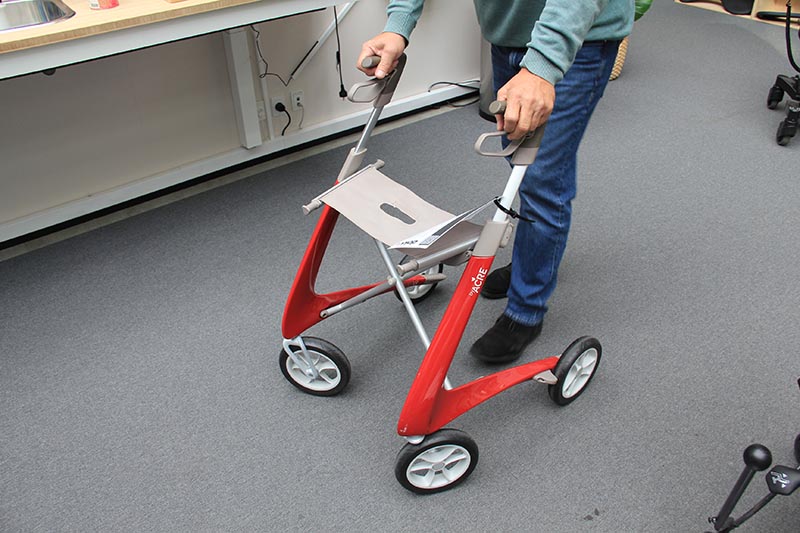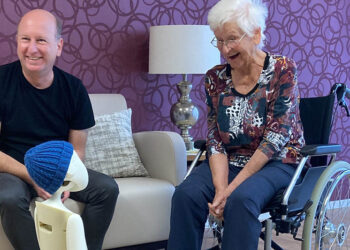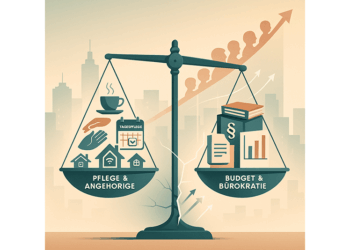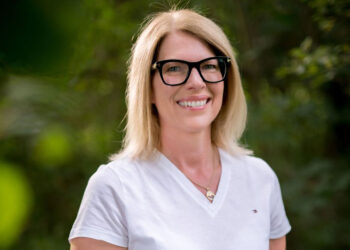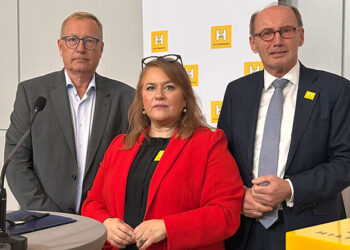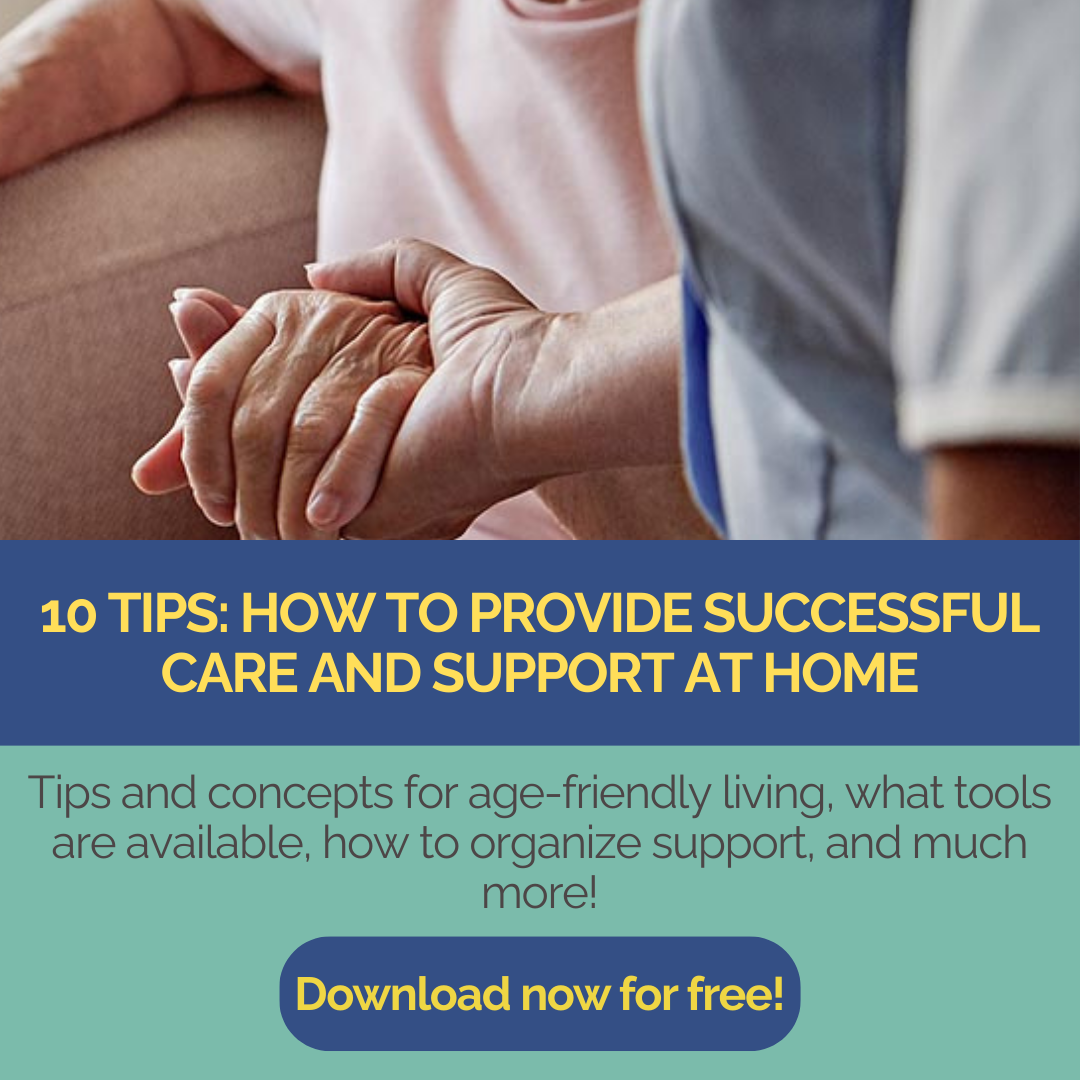The showroom is set up like an apartment: The table is set, the bathroom and toilet are spotlessly clean. I’m at the “DokkX” innovation center in Aarhus, the second largest city in Denmark, and I’m taking a look at the municipality’s showroom on the subject of “Assisted Living”. Together with a group from the Austrian care sector, I went on a trip to see the future and gain my own impression of care solutions in Denmark.
For years, Denmark has been regarded as a model country when it comes to modern, people-centered and technologically supported care. While many European countries are struggling with an increasing shortage of skilled workers, rising care costs and ageing societies, the Danish model shows how innovative care concepts can work in practice – with a clear focus on self-determination, prevention and digital support.
Innovation centers like DokkX: technology you can touch
A central component of the Danish care strategy is the close integration of technology, practical applicability and citizen participation. Probably the best-known example is the DokkX innovation center in Aarhus. Since 2016, citizens have been able to experience, try out and evaluate more than 200 different assistance technologies for everyday care – from voice-controlled lighting systems and toilet seats with a cleaning function to special cutlery for people with Alzheimer’s or Parkinson’s disease.
What makes this platform special is that it is not just an exhibition space, but also a place for direct exchange between developers, care staff, relatives and senior citizens.
A smart toilet seat that makes it easier to sit down, stand up and clean up. Credit: Anja Herberth
The aims of the showrooms: to view and try out solutions and make informed decisions. Credit: Anja Herberth
Cutlery for people with special needs. Credit: Anja Herberth
What is not available on the market is sometimes produced using a 3D printer. Credit: Anja Herberth
Denmark systematically relies on “Welfare Technology” – i.e. technologies that make daily life easier and at the same time relieve the burden on care resources. For example, sensors are used to detect whether the refrigerator has been used. If there is no expected activity, relatives or carers receive a notification. Such discreet systems enable people to live safely within their own four walls – without unnecessarily invading their privacy.
And if there is no suitable solution on the market? Then you can develop one yourself – with the help of 3D printers that can produce customized aids directly on site.
Care in municipal hands: proximity creates trust
Another key to success is the clear anchoring of care at municipal level. 98 municipalities in Denmark are directly responsible for the organization and implementation of care services. This decentralization allows for needs-based adaptation to regional differences and makes care policy tangible on the ground. Decisions are made where people live – and not at an abstract national level.
Funding is largely tax-based, which ensures access to services regardless of personal financial situation. In Denmark, care is not an individual burden, but part of the social care mandate.
At home instead of in a home: independence for as long as possible
One impressive aspect: over 75% of over 80-year-olds in Denmark still live in their own home. This is made possible by a well-developed network of mobile care, digital assistance systems and a culture that promotes independence into old age. Nursing homes remain the exception – not out of financial necessity, but out of conviction.
Early rehabilitation programs (“rehabilitation first”), in which people in need of care are actively supported in regaining their independence – e.g. after a hospital stay or a fall – help with this. Coaches help people to stay healthy and active for as long as possible.
What can we learn from Denmark?
Denmark shows that care does not necessarily have to be associated with excessive demands, bureaucracy and deficits. The combination of technological courage, municipal responsibility and a holistic view of health and quality of life provides important impetus for countries such as Germany and Austria.
Even if not all structures are directly transferable, the principle of early support, clever use of technology and trust in local players can certainly be adapted. Especially in times of upheaval, new images of care are needed – and Denmark provides them.
DokkX Aarhus: dokkx.aarhus.dk/
Pictures & Video: Anja Herberth
Share this article:
Author: Anja Herberth
Chefredakteurin
